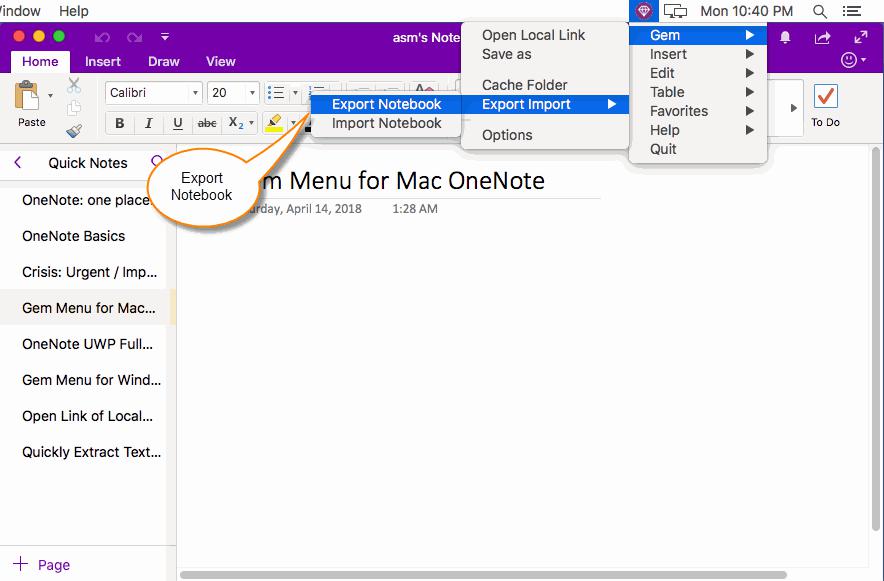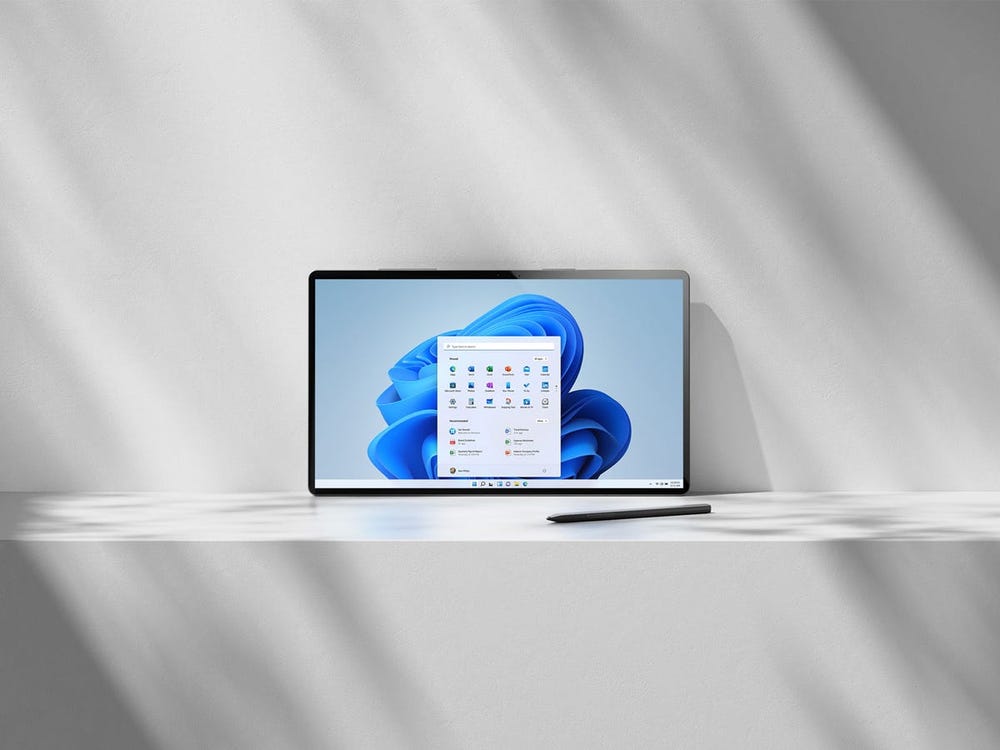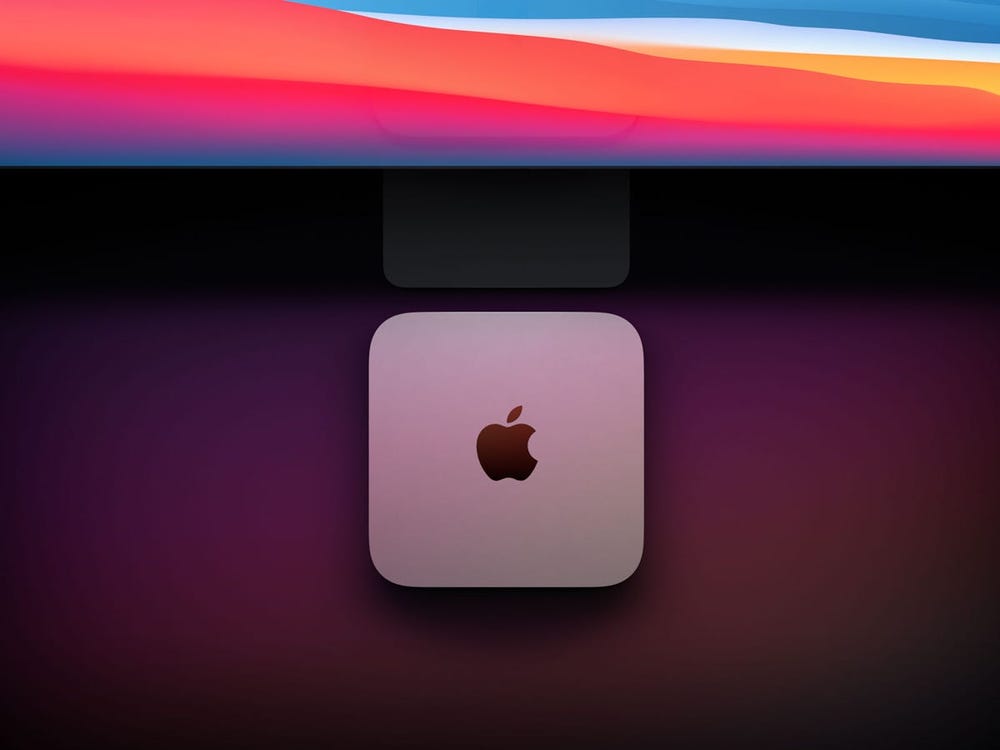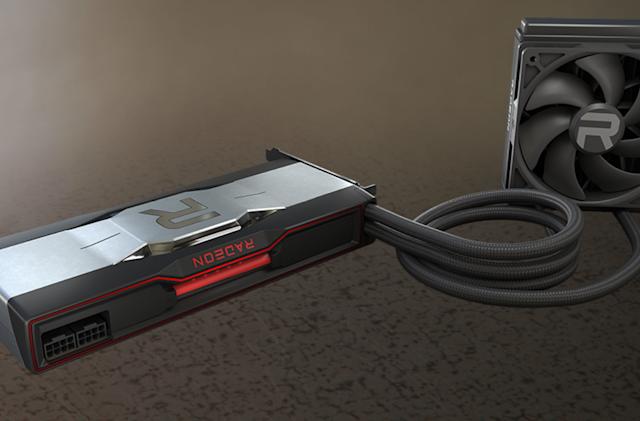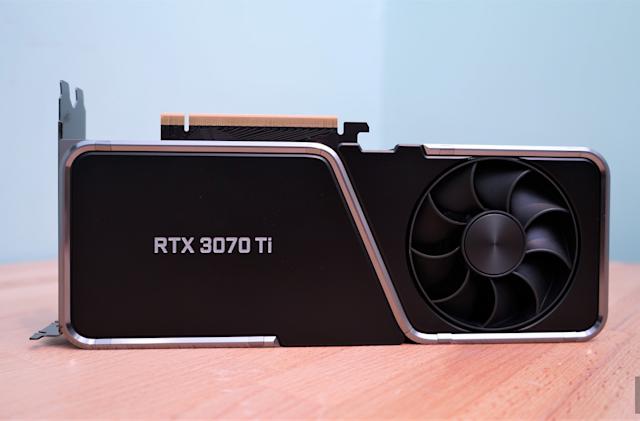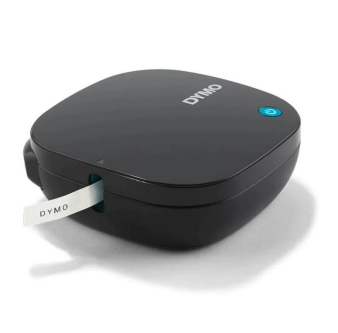How to save the lab notebook
Cultura Creative (RF)
/ Alamy Stock Photo
Where did I put that piece of paper? When did I do that experiment? Where did I save that data file? If you frequently find yourself searching for a critical piece of information you jotted down as you performed your experiment, trying to remember when you did what, or scouring your hard drive to find the right file, it may be time to revisit how you keep your research notes. Whether you’re working at the bench, in the field, or in theory, you need to keep track of what you do so that you—and others—can refer back to it whenever necessary.
There are multiple tools available beyond the traditional paper notebook to help scientists document their work and progress, but how to keep a good notebook is rarely taught. Many research institutions, funding bodies, and professional associations have requirements or offer guidelines. But apart from making sure that you are not breaking any rules, oftentimes there is space for creativity and personal preference—provided the notetaking is effective.
Science
Careers asked researchers from a range of disciplines and career stages to share the tips and strategies that work for them. Their responses have been edited for clarity and brevity.
Keeping a research notebook is often seen as a chore. Why is it important to dedicate sufficient time and effort to it?
Lab notebooks are like going to the dentist—no one enjoys it, but if you don’t do it all your teeth will fall out. Lab notebooks are the most useful resource that you can create for yourself in the lab, and creating a good one requires a bit of effort every day. Once you get into the habit and have a system you like, it becomes less onerous.
-
Caroline Bartman
, postdoctoral fellow in quantitative metabolomics at Princeton University
My lab notebook keeps track of all my research experiments and all my failures and optimizations. It’s a great tool for maintaining rigor and reproducibility—if I don’t remember how I did an experiment or how I analyzed the data, all of that information is in my notebook. It also makes it so much easier for your future lab mates who may need to do a similar experiment and want to see what you’ve already tried.
-
Maiko Kitaoka
, Ph.D. candidate in molecular and cell biology at the University of California, Berkeley
Having a diligent record of my experimental steps helped me make sense of certain results. Noting what happened on a specific day can give you an indication of whether some data are outliers because of environmental factors such as a temperature change. Over time, my lab notebook also evolved into a tool to keep track of my ideas. You might not want to change your design or method right in the middle of an experiment, but your notebook is the perfect place to note what you may want to try next.
-
Valentina Ferro
, Ph.D.-holder in experimental physics and freelance science illustrator in Seattle, Washington
More from our How-To series
How to write your Ph.D. thesis
How to keep up with the scientific literature
Read the full list of How-Tos
In a theoretical field like mine, a notebook is essential for keeping track of my attempts to solve a problem. Without well-written notes, I would probably do the same calculations many times. A notebook is also useful for sharing my approaches and results with collaborators.
-
Matteo Falessi
, postdoctoral researcher in plasma physics at the ENEA Frascati Research Centre in Italy
Coming back to old data without strong documentation can be a bit like an archeology expedition. A good notebook makes it possible to quickly see what experiments were done and with what aims, reevaluate old data in the light of new findings, and pick up the work where you left it. More broadly, good notes allow research reproducibility; provide written evidence that everything was done in a clear, transparent, and ethical way; and offer justification for why certain research choices were made.
-
Caroline Lynn Kamerlin
, professor of structural biology at Uppsala University in Sweden
If you are writing up a paper months or even years after experiments have been completed, your lab notebook will contain all the details you need to accurately describe your methods and results. At some point in your career, you may also have to use it to provide evidence that an idea really was “yours” or to lay claim to your intellectual property. Additionally, in the case of scientific misconduct accusations, your lab notebook will be an indispensable element in the enquiry. Ultimately, the lab notebook will act as your career’s ledger and become part of your legacy as a scientist. Don’t neglect it!
-
Jeremy C. Borniger
, postdoctoral fellow in neuroscience at Stanford University in Palo Alto, California
Do you use a traditional paper notebook, digital tools, or a combination?
I like to use a handwritten notebook, even though most of the data I produce is digital. I also occasionally record technical details—such as specific acquisition settings on microscopes or which experiments I pooled together to make a figure—in text files where I can most easily find them. One challenge with a traditional paper notebook, however, is that it is not always easily searchable, so I use the first few pages to maintain a table of contents and I cross-reference my digital data files as often as possible.
- Kitaoka
I find an electronic lab notebook so much better than a paper one. It is searchable, so I can easily retrieve records of experiments I did years ago or comb through it to find key details. I will never destroy it by accidentally upending a beaker of ethanol. And, as long as you back it up, it’s impossible to lose. Plus, I have to fill it in at my desk without gloves on, which forces me to make some dedicated time for it.
- Bartman
From the beginning of my research career, I have used paper notebooks, but over time, I had to adjust my strategy because I was lost on all these pages. Today, I use my lab notebook just to take quick notes while I am away. All my optimization plans, raw data and analysis are stored on the computer. I use the date and a short description of each experiment to cross-reference my notebook entries and computer files. In addition, I find it useful to keep a separate research notebook for broader issues, such as conceptualizing experiments, drafting manuscripts, organizing meetings, or taking notes at meetings.
-

Karine Salin
, permanent research fellow in environmental physiology at IFREMER in Plouzané, France
I get more ideas on paper, so initially I wanted to have a traditional notebook at all costs. But I was working on several projects and I needed my notebook to be searchable and taggable to keep track more easily. The sweet spot for me was using a digital notebook like Evernote with the capability to include snapshots of traditional pen and paper notes, as well as the coding scripts and other digital files and images I generated. Additionally, having the app on my phone meant I could record voice notes while walking if I got an idea I wanted to try later. However, with a digital notebook it is almost impossible to find things you have forgotten about like you would by just flicking through the pages of your paper notebook. I overcame the issue by tagging whatever was slightly less relevant to the experiments—for example, unrelated ideas and further questions to pursue—with the tag “random” so that every now and then I could browse them in search of inspiration.
- Ferro
A paper notebook suffices for most of my work. However, I make sure to create a digital backup of any notes by taking a picture using the Genius Scan app or writing them up in Microsoft Word. I also have a computer folder where I store all my standard protocols so that I can simply reference them instead of writing the whole thing in my notebook every time I do an experiment. Additionally, I have separate labeled binders for each line of work where I put notes and data that do not easily fit into the notebook, such as Microsoft Excel printouts, graphical data, contracts, and material transfer agreements.
- Borniger
I write my digital notebook in Org-mode, a markup language specifically designed to easily insert handwritten images like results, calculations, equations, tables, bibliographies, and even pieces of code. The notebook itself consists of several linked plain text files, so when I have a paper to write I can readily use the text files as drafts by exporting them to a LaTeX file.
- Falessi
I mainly use an electronic notebook, but often in the lab I first write my notes in a paper notebook—never a scrap of paper—and then I also scan my paper notebook so that I have access to its contents any time. I use Confluence for the electronic record, but Microsoft OneNote is another good option as you can use it offline and online and it is free. I cross-reference using page numbers from my paper notebook and dates and names of the experiments in my filenames. All of my protocols are in my digital notebook—often with pictures of my experimental setups, material, equipment, and sometimes a video recording of me talking through each step of the protocol. I store my raw data on my lab’s server and back them up on the cloud and on a hard drive. My code for processing and analyzing data is on Github, a popular software versioning system. Finally, I keep a to-do list in my electronic notebook, which also serves as a record of what I have achieved each week.
-
Lina Colucci
,
research affiliate in health sciences and technology at the Massachusetts Institute of Technology in Cambridge and data science consulting entrepreneur in the San Francisco Bay Area
What strategies do you use to keep your notebook organized, complete, and in accordance with best practices?
For me, what works is to treat notetaking as a vital experimental step. I usually write things down as I go along, occasionally writing down the protocol or what I am about to do before starting the experiment and then editing anything that I did differently than planned. In this way, keeping a lab notebook is similar to cooking, where cleaning up throughout the whole process makes it a lot easier than waiting until the end when dishes are piled to the ceiling. Filling in the lab notebook as soon as possible also reduces the chances of forgetting a vital piece of information or introducing a mistake.
In terms of how my paper notebook is organized, I simply follow the chronological order, so each page is a new day (unless I use multiple pages in a day). I make sure to include a detailed description of what I did, why, and how in
present
tense; the date, time, and location that the work was done; the names of any others with whom I did the work; special circumstances that occurred during the work (for example, was there a fire alarm that could have influenced results?); and my signature and, whenever possible, a witness mark (usually my principal investigator or a lab mate). All of this should be written in pen, and if something was a mistake, do not cross it out completely; just put a single line through it so that it can still be read. Writing down ideas (rather than methodology) is also acceptable and encouraged.
- Borniger
In my paper notebook, each experiment is a cluster of consecutive pages, as it became too difficult for me to follow individual experiments if they were mixed with others. If I am doing multiple experiments at once, I leave empty space between my records for them so that all of my notes and protocols regarding an individual experiment are continuous, even for multiday experiments. Details really make or break the notebook, so I try to be concise while including as much relevant detail as possible.
- Kitaoka
I tell my students that they don’t have to follow a specific format in their paper notebook as long as the information is all there and easy to find. I have them write down whatever they can before they start the experiment. I also instruct them to record the procedure as they go, as often they accidentally miss or do steps out of order, and that’s important to record. Their first experiments will probably require a lot of details about how to set up and perform the procedure—whereas once they are experienced, they will only need to note the relevant variables. They should never record separate notes to copy over later, as inevitably this leads to lost information.
-
Danielle Solano
, associate professor and chair of the Department of Chemistry and Biochemistry at California State University in Bakersfield
One of the hardest things in maintaining a lab notebook is deciding when to write a thorough entry and when to write a cursory one. I always start by writing down a minimum amount of information for every experiment. This generally includes date, time, location, protocol parameters, where the data is stored, and—if I’m using code—the script name and Github code version. Then, as soon as I realize that a particular experiment is not a dead end, I write a lengthier report describing the goal of the experiment; hypothesis; date(s) of data collection; links to the data, analysis scripts, notes taken on the day of data collection, and the full protocol; pictures or videos of the experimental setup; results; conclusions; and, finally, next steps.
I keep things in chronological order and date every page of my paper notebook, and I often put the location of where I did the experiment or wrote my notes as well. If I tape something into the notebook, I sign and date across the tape. If I go back and change something on an old page, I sign and date the change. For my electronic notebook, I schedule automated daily backups.
- Colucci
Upon starting my first experiment of the day, I would create a note on Evernote with the date and add to it as I go, taking snapshots of my pen and paper notes in the lab and later organizing additional notes in the app. At the end of each day, I would take 15 minutes to read my entry and rephrase anything that was unclear because I wrote it down too fast, upload any additional images or analyses, and add some final thoughts. I would conclude by adding the appropriate tagging.
- Ferro
My notebook has two overarching sections—one for the refined protocols I put together after doing a new experiment a few times and the other for my experiment records. For that second section, I jot down notes and observations on scrap paper while I carry out experiments and enter information in my e-notebook later in a more organized way. It can be super annoying to fill out your lab notebook after carrying out an exhausting and complex experiment, but that may be the most critical time! For those days when I really must put it off, I keep an area of my desk for experimental notes, which I can then use to update my notebook the next day.
- Bartman
Any further advice?
I highly recommend using the beginning of one’s research experience as a trial period for lab notebook methods to find an approach that works for you. The main criteria are that it is straightforward and convenient to use and easy to backup. Having said that, no single method is perfect, so limit yourself to trying three or four tools. I learned the hard way that the downside of experimenting with a bunch of different tools is that your data is scattered among notebooks, which can make it very challenging to find what you’re looking for.
- Colucci
Apart from trial and error, I learned what should go into my notes by reading former lab members’ notebooks and figuring out what in the description made an experiment easier or harder to reproduce. A lack of information can be very frustrating, and I want to make any follow-up to my experiments as smooth as possible.
- Kitaoka
Providing you’re not breaking any rules, don’t be afraid to develop your own way of taking notes. One of the institutions I visited had its own guidelines, but because my individual approach was working for me, I decided to continue with it and translate my work into a compliant notebook once a week. It might seem like extra work, but for me, it was either doing this or risking that I might stop using my lab notebook consistently, which would have been a greater loss for me, my lab, and even for the institution.
It may first seem like a chore, but keeping track of what you are doing can be a great mood lifter. A research project is made of many experimental ups and downs, but mostly downs, so feeling a little blue and useless is very common. Looking back at your notebook allows you to put things into perspective and realize how much you are actually achieving.
- Ferro
It’s so easy for lab note keeping to fall through the cracks as something seemingly secondary to getting the experiments done, but it’s so critical for archival and reference purposes. It’s never too late to start good habits, so give some thought to how you are keeping your notes—and if you need an upgrade, start implementing it into your routine today!
- Kamerlin
